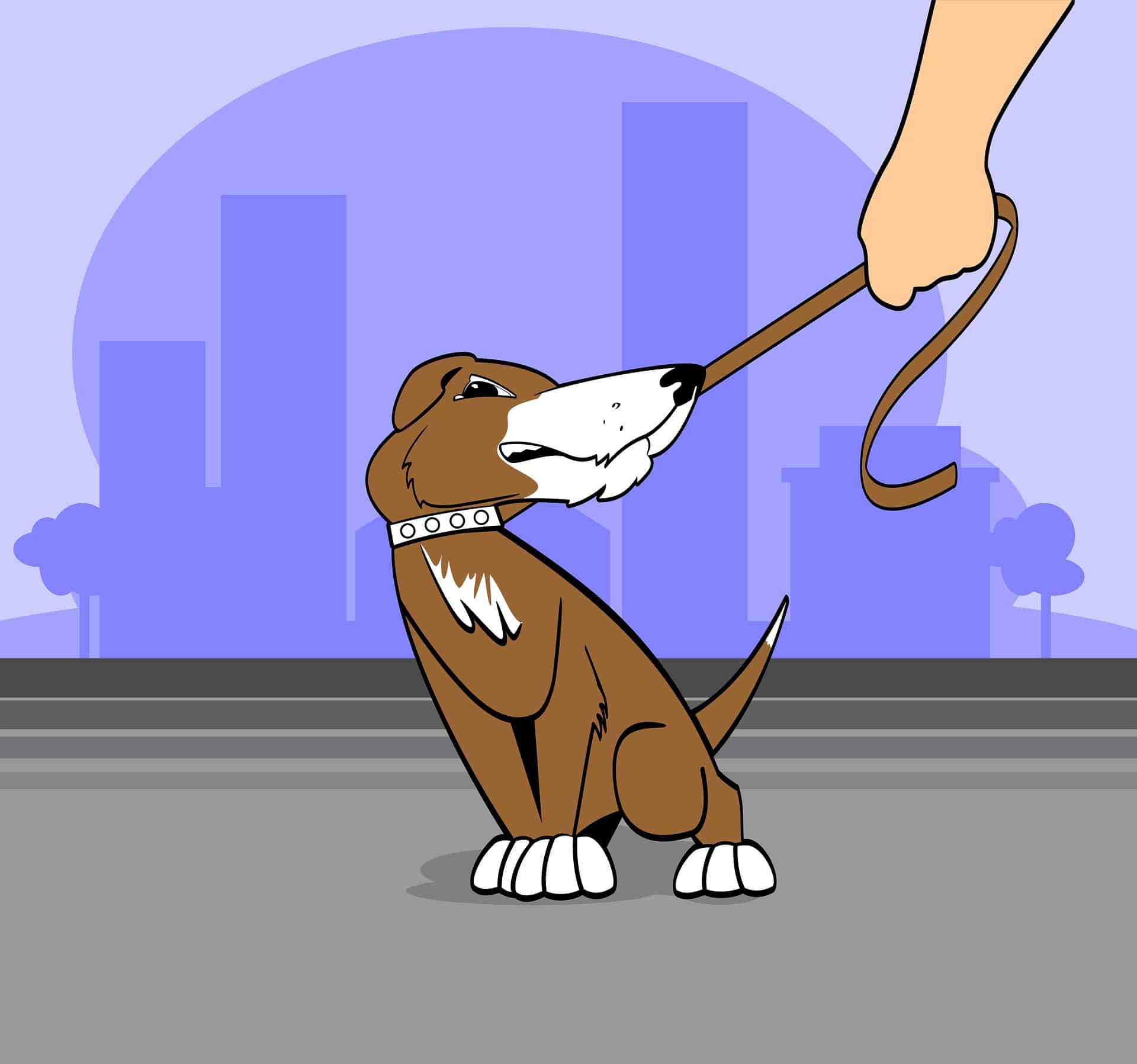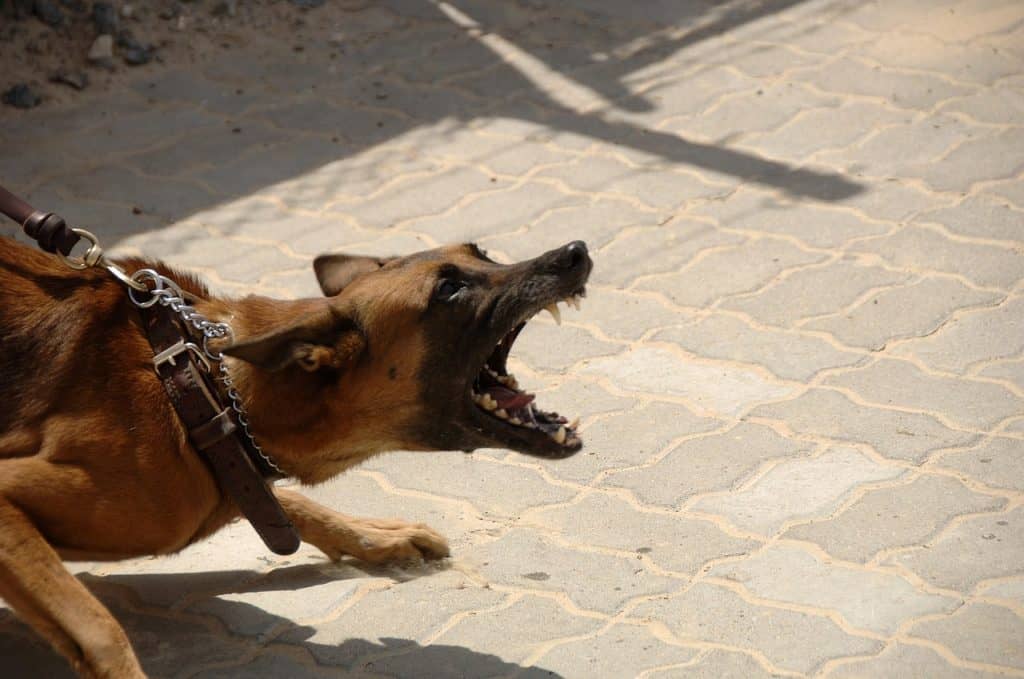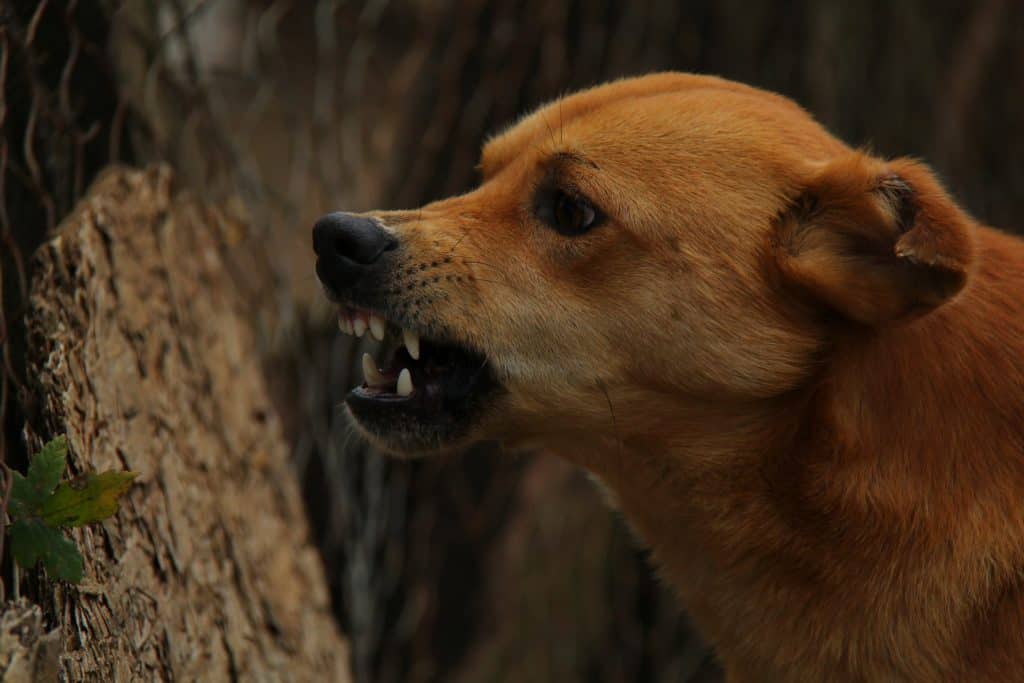
A typically quiet, amicable dog may all of a sudden wind up to be forceful, snarling or exposing its teeth. In an extreme case, the canine may bite or assault you or a relative it knows well and has never acted against. Today we will discuss how to control puppies’ aggressive behavior.

For What Reasons Do Puppies Show Aggression?
Knowing why your canine is acting forcefully is fundamental to making sense of the best arrangement for halting this alarming conduct. There are a few potential reasons for hostility in dogs.
Ailment And Injury
Some ailments can make puppiess fierce. On the off chance that a canine that has never given any indication of animosity abruptly starts snarling, snapping, or gnawing, it might be brought about by an ailment or sickness.
Agony is a particularly common reason for animosity in puppies. Your abruptly angry canine may have damage or an ailment that is causing real inconvenience and stress. Some potential reasons for torment include joint pain, bone breaks, internal wounds, different tumors, and cuts.
Different ailments may influence your dog’s cerebrum, prompting preposterous hostility. Cerebrum maladies or tumors and subjective changes in more canines. There are a couple of mental conditions that may incite the beginning of hostility. If your canine is displaying unexpected, unexplained hostility, converse with your veterinarian before endeavoring to address the conduct.
You might need to have a go at giving your canine some
Dread
A frightful pooch can end up forceful. Most dogs possibly show fierce conduct if they sense they’re in risk, can’t get away, and need to guard themselves. It can happen if a canine is reached into a tight spot with no chance to get out or on the off chance that it thinks the hand you raised over its head means you’re going to hit.
To abstain from inciting this kind of forceful conduct, approach obscure canines cautiously (even better, let them contact you). Train and mingle your pet to avoid it from being frightful.
Possessiveness
Ownership hostility, or asset guarding, happens when a canine is possessive of nourishment, a toy, or a bed. A dog that displays ownership hostility may snarl if somebody approaches its nourishment bowl or draws near when it’s biting a most loved toy.
A dog may likewise bite a more abnormal person who steps into your home, which is the canine’s region.
The level of hostility may differ. For example, your dog won’t give it a second thought if you pet it while it’s biting an elastic toy. However, it might lash out at you when you do something very similar while it’s biting a pig’s ear. Everything relies upon the worth that your pet ascribes to each question or asset.
Puppies Aggressive Behavior: Dissatisfaction
The anger that is brought about by dissatisfaction is regularly alluded to as diverted hostility or boundary disappointment. It happens when a canine is baffled at not having the option to get to something and takes its dissatisfaction out in another manner.

Puppies Aggressive Behavior: Setting Up Dominance
Canines once in a while show animosity to set up strength. It is all the more generally coordinated toward different canines. However, it can happen with individuals also.
Dogs that show this sort of hostility feel that they should demonstrate they’re responsible for a circumstance. The snarling, snapping, or gnawing happens when they think their position is being tested. Understandably, individuals frequently mess up the reason for canine hostility as predominance related conduct when there might be another reason.
Be mindful so as not to misconstrue your dog’s hostility. Continuously guideline out a medical problem or dread before you accept you know the purpose behind your canine’s forceful conduct.





